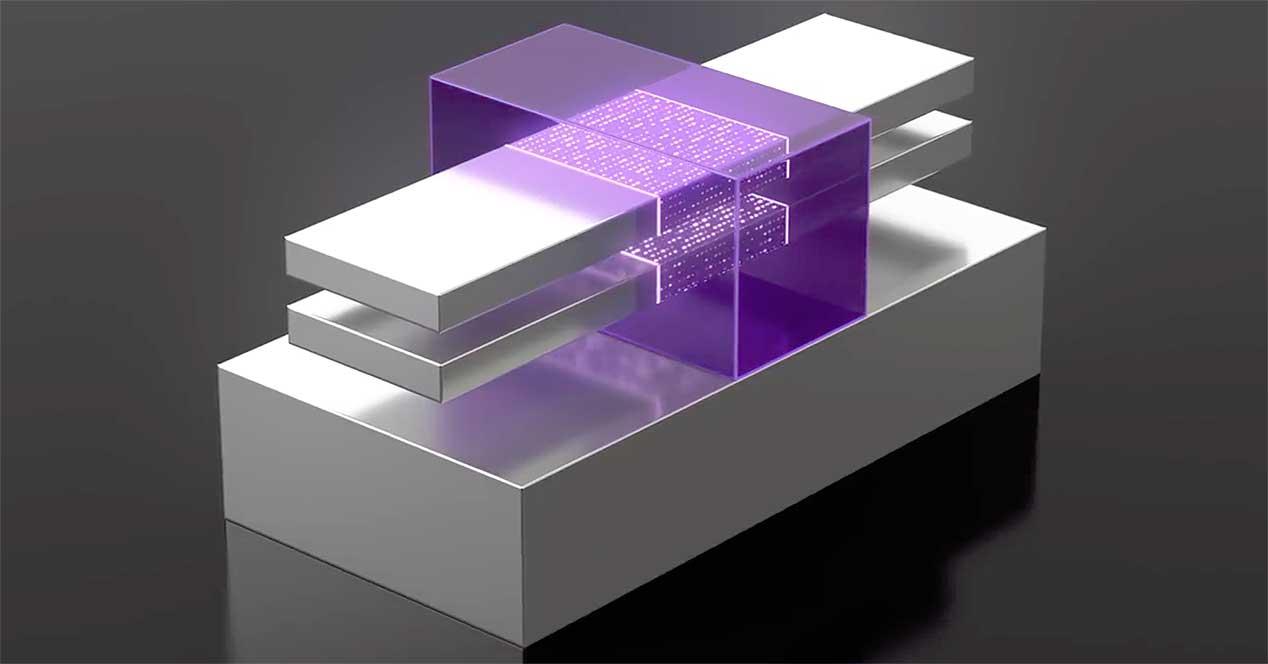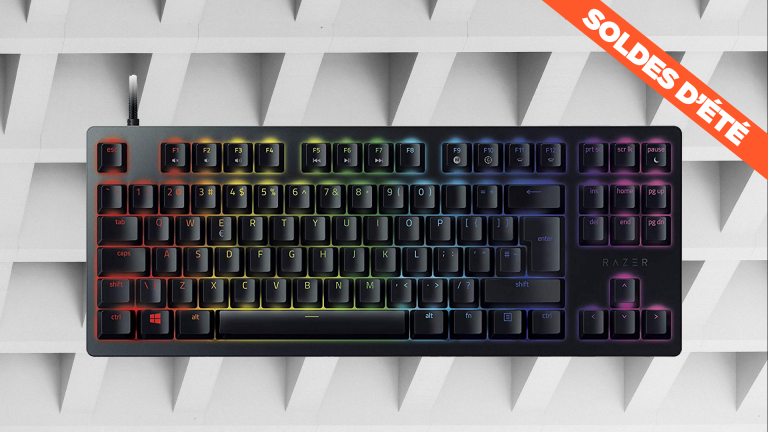There are two stories inside of it and on the one hand it’s promising, but on the other it’s a little debacle for the company. The problem is logically not only Samsung, but its partners, especially the stronger ones like NVIDIA. What is the future of your nodes, GPUs and NAND Flash?
Samsung Confirms Completion of 3M GAA Research and Development
The good news is that Samsung has finalized the investment in its new, more advanced node, which will include the new GAA transistors in a lithographic process made in. 3 nm, but the doubts after it was announced were seen and gave way to uncertainty when the company did not disclose when this process would be mass produced.
It doesn’t make sense that the “completion” of a node is announced and not mass production predictions, or at least the production ramp up to the wafer count Samsung is forecasting for these 3nm GAAs. On the other hand, and for more surprise, it was revealed in 2019 that the forecasts for the first tests should be given by the end of 2020 and we already know that this has not happened.
Therefore, and although Samsung has remained silent, we have already seen coming what the company did not want to say, but Qualcomm as a privileged partner revealed: there are problems with the node and it will cause delays.
Qualcomm highlights Samsung and GAA not before 2024
Some statements from some Qualcomm executives have revealed everything to do with the date issues and from what they have commented, this 3nm GAA node will not be released at the end of this year as seen in 2019, far from it. Samsung has dire estimates, where being very optimistic they cite the end of 2023, but the realist seems to be its arrival in 2024.
That is to say that Samsung is going to be three years behind its roadmap in true Intel style, and we have already seen how it all ended for the blues and of course how AMD has lifted the beard. thanks in part to a very advanced TSMC node.
NVIDIA has certainly been aware of this information for months, if not years, so it will be interesting to see how far they can go with their GPUs and thus open up a range of options after Intel’s new strategy. Will NVIDIA return to TSMC? Will it continue with Samsung? Will we see NVIDIA GPUs made by Intel?










